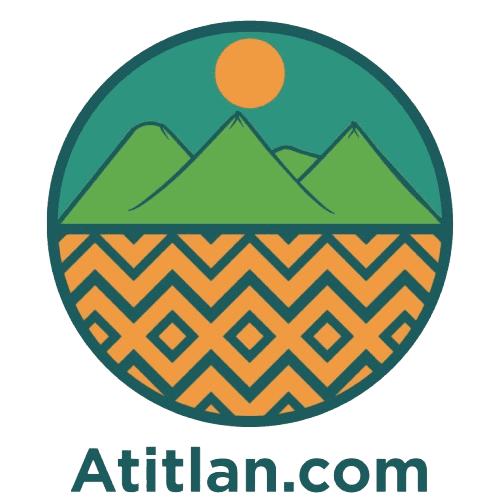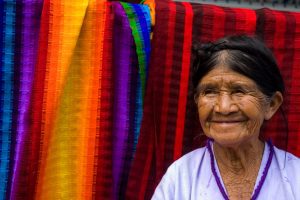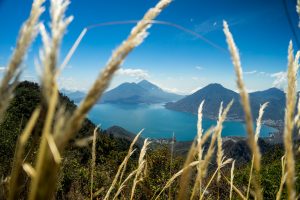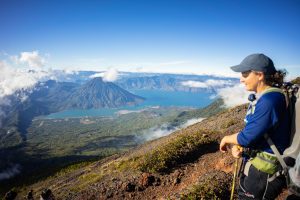Planning Lake Atitlán for Student Groups trips can feel overwhelming at first — between safety, cost, and logistics, it’s easy to see why teachers hesitate. But when planned with trusted local partners, service learning in Guatemala becomes an affordable, life-changing experience. Students don’t just travel; they immerse, volunteer, and learn from real community leaders at Lake Atitlán.
Here’s what makes Lake Atitlán different. Students don’t just visit Guatemala, they work alongside NGO founders who are planting over 100,000 trees a year. They learn from Mayan artisans passing down traditions their grandmothers taught them. They gain perspectives that classroom study simply cannot provide. And it’s surprisingly affordable at $1,500-2,500 per student for nine days, all-inclusive on the ground.
The best part? When you work with the right local operators, safety becomes manageable rather than terrifying. Let’s walk through everything you need to know.
The best part? When you work with the right local operators, safety becomes manageable rather than terrifying. Let’s walk through everything you need to know in this comprehensive guide.

Why Lake Atitlán Works for Educational Travel
Lake Atitlán sits in Guatemala’s western highlands, cradled by three volcanoes and ringed by a dozen Mayan villages. Students experience living communities where Tz’utujil and Kaqchikel languages are spoken daily, traditional weaving cooperatives thrive as businesses, and ceremonial practices blend indigenous and colonial traditions.
The environmental work is substantive. Wellkind Guatemala executes watershed restoration strategies planting over 100,000 trees annually. Students work in reforestation sites identified through hydrological analysis, understanding why specific hillsides matter for Lake Atitlán’s water quality. The scale is real, the science is real, and the impact is tangible.
What makes this perfect for groups is the community scale. When your students plant 200 trees, local families notice. Students aren’t anonymous faces—they’re known participants in ongoing projects. That visibility creates accountability and meaning hard to replicate in larger destinations.
Plus, established accommodations can handle groups. Bilingual guides are available. Boats connect towns reliably. But tourism hasn’t overwhelmed the culture. Spanish remains necessary, markets serve locals, and students navigate real cross-cultural challenges daily.
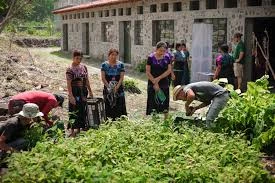
Let’s Talk About Safety
We won’t sugarcoat this: Guatemala has violence. The travel advisories are real. Your principal will ask tough questions.
Here’s the honest truth: Lake Atitlán requires attention to safety, but it’s absolutely manageable with the right approach. The violence that makes headlines happens primarily in specific Guatemala City zones and border regions. Lake Atitlán’s tourist towns (San Pedro, San Marcos, Santiago Atitlán, Santa Cruz) have fundamentally different risk profiles.
Violent crime against tourists at Lake Atitlán is rare enough that when something happens, it makes regional news because it’s unusual. Petty theft exists in crowded markets. But violent incidents targeting visitors? Genuinely uncommon.
What makes student groups safer is working with established local operators who live at the lake year-round and maintain community relationships. Transportation uses vetted drivers. Accommodations have hosted groups for years. Activities happen in controlled environments: reforestation on NGO land, weaving cooperatives, hiking with experienced guides. There’s 24/7 emergency support from people who actually live here.Operators with 10+ years hosting student groups and zero safety incidents aren’t lucky—their protocols work. Lake Atitlán presents manageable risks when you work with experienced local operators who have verifiable references and transparent safety systems.
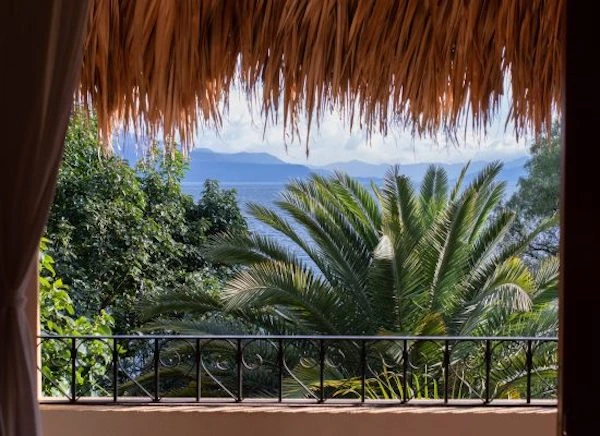
The Service Learning Projects Your Students Will Do
Environmental Work with Wellkind Guatemala: Students work in watershed sites critical for spring recharge and erosion control. Wellkind staff explains why each hillside matters for water quality, which native species suit the conditions, and how this fits into restoration strategies.
A typical day: Morning transport to the site. Wellkind agronomists explain the science—forest cover and groundwater, native species importance, long-term restoration success. Students carry saplings, dig holes, plant trees, mulch, and stake them. Three to four hours of physical work, lunch on-site, then afternoon reflection connecting work to environmental concepts.
Tree nursery operations teach economics: nursery employment provides income, seedling sales fund cooperative operations, and reforestation creates sustainable business models.
Water Education: Students learn about filtration systems and community water access. The focus is education rather than construction—learning from local water managers, not positioning students as saviors.
Education Projects: In Santiago Atitlán, groups participate as conversation partners rather than “teachers.” Local students practice English with peers. The framing matters: this is mutual exchange, not one-way charity.
Women’s Economic Empowerment: Students visit weaving cooperatives, learn backstrap weaving techniques, understand natural dye processes, and hear from artisans about cooperative economics and market challenges.
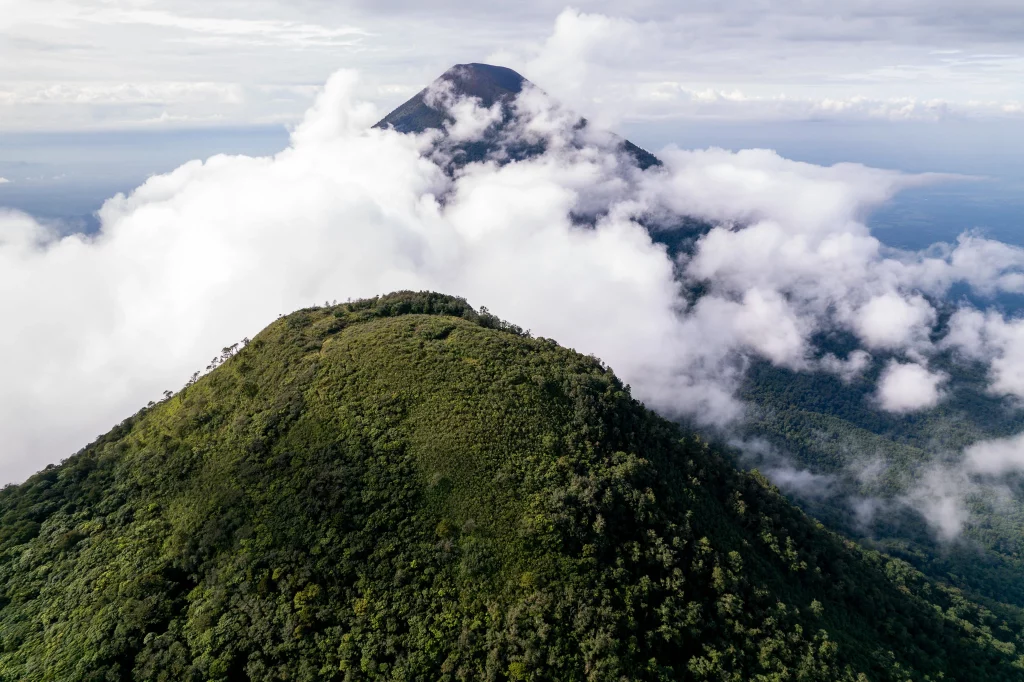
Cultural Immersion Beyond Service Work
Students eat traditional meals of handmade tortillas, black beans, local vegetables. Santiago Atitlán’s markets boast colorful textiles, fresh produce, and exotic fruits. Students navigate crowds, practice language, and experience commerce totally unlike home.
Indian Nose sunrise hikes offer spectacular views across Lake Atitlán and the volcanoes. Kayaking on calm morning waters suits beginners— ATI Adventures provides rentals and guided tours.
Spanish in daily situations helps students improve basic skills by ordering food, asking directions, and shopping at markets. The motivation comes naturally when Spanish stops being abstract and becomes practical necessity.
Trip Logistics: The Practical Details
Timeline: Most schools plan 6-12 months ahead. Passport processing takes 3-4 months. Fundraising campaigns need time. Parent meetings build buy-in. Flight prices increase closer to dates.
Group Size: Minimum 8-10 students (below that, per-student costs rise). Maximum 25-30 students (above that, logistics become complex). Chaperone ratios typically one adult per 8-10 students.
Trip Length: Seven to ten days is the sweet spot. Typical 9-day structure: Day 1 travel to Guatemala, Days 2-7 activities and service work, Day 8 travel day, Day 9 return home.
Costs: $1,500-2,500 per student for land portion (all-inclusive). What’s included: airport pickup, all transportation, accommodations, all meals, service project coordination, cultural activities, bilingual guides, 24/7 emergency support.
What’s NOT included: international flights ($400-700), travel insurance ($50-100 per student), spending money ($100-200), passport fees.
Total expected cost per student: $2,000-3,500.
Accommodations: Hotels in Panajachel offer the most accessibility. Bambu Guest House in Santa Cruz specializes in student groups (8-28 people) with full-board meal plans. Hotel Atitlán provides good balance of comfort, safety, and value.
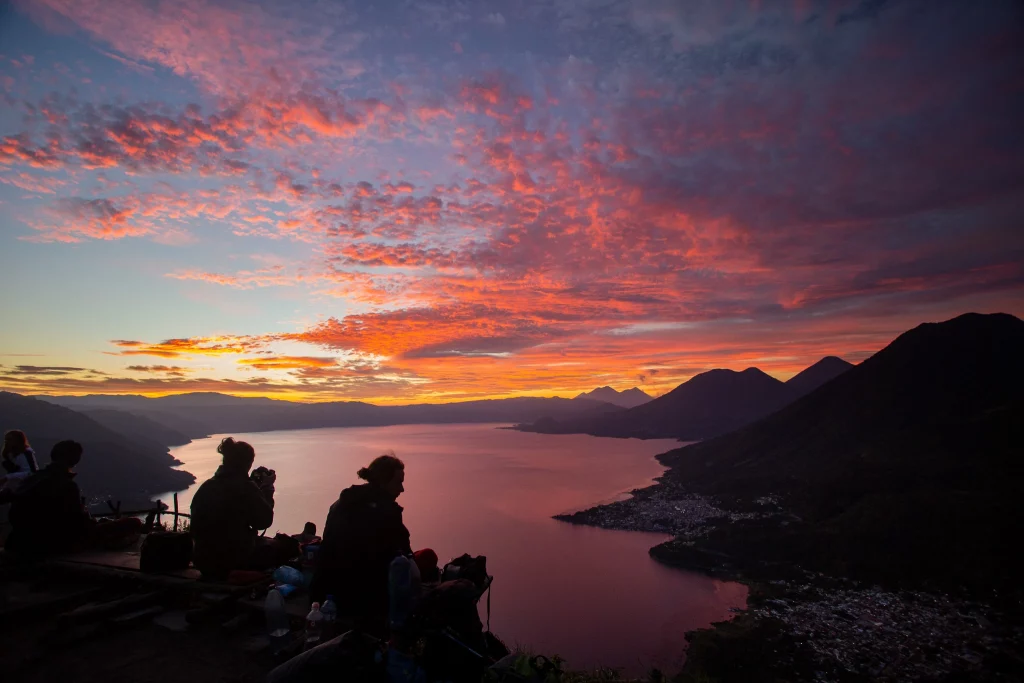
Choosing Your Operator: What to Look For
Red flags: No verifiable track record, vague about safety protocols, suspiciously cheap pricing, disconnected volunteer projects, no local presence.
Green flags: Five-plus years operating in Guatemala with student group experience, references from multiple schools, clear safety protocols with written documentation, partnerships with established NGOs like Wellkind Guatemala, staff living in Guatemala year-round, transparent pricing.
Organizations like Somos Impact Travel represent this locally-embedded model. Founded by Rotarians with over a decade hosting student groups, zero safety incidents, and deep community roots.
Pre-Trip Preparation

Paperwork: Passports (start 3+ months ahead), parental consent forms, medical information, travel insurance documentation, school board approval (allow 2-3 months).
Educational preparation: Pre-trip curriculum on Guatemala history and culture. Cover Mayan civilization, Spanish colonization, civil war period (1960-1996), peace accords, contemporary Guatemala.
Spanish basics: Teach greetings, polite phrases, numbers, food vocabulary, question formations.
Service learning framework: Set expectations clearly: this is mutual learning, not charity. Students are guests in community-led projects. Discuss power dynamics, privilege, and ethical volunteering before departure.
Packing essentials: Comfortable hiking shoes for volcano hikes and uneven terrain. Layers (cool mornings 50-60°F, warm afternoons 70-80°F). Reusable water bottles. Sunscreen and bug spray. Modest clothing. Small backpacks. Cash in small bills.
Making Impact Last After Return
Structured reflection sessions: What surprised you? What challenged your assumptions? What did you learn from local leaders?
Fundraising for partner NGOs: Small-scale efforts like bake sales can raise $500-2,000 annually. Organizations like Wellkind Guatemala use donations for specific projects and provide updates showing impact.School presentations help students process experiences while educating peers. Ongoing Spanish study often gets new motivation after experiencing the language’s practical value.



Frequently Asked Questions
What’s the minimum age for student trips?
Most operators accept middle school and up (ages 12+). High school groups are most common. Some operators work with mature middle school groups if chaperone ratios are higher and itineraries adjusted for age.
Do travelers need to speak Spanish?
No. Bilingual guides translate throughout trips. That said, basic Spanish helps students communicate directly with community members, and many students are motivated to practice after seeing the language’s practical value.
Can we customize itineraries?
Yes. Experienced operators build custom trips around your educational goals, timeline constraints, and budget parameters. Want more environmental focus? Need a shorter trip for the spring break schedule? Have specific service project preferences? Operators design itineraries to meet your particular needs.
What about dietary restrictions?
Vegetarian, gluten-free and vegan meals can be accommodated. Food allergies are manageable with advance notice. Inform operators during planning so meal providers know requirements. Extreme restrictions may require students bringing supplemental food.
How are medical emergencies handled?
Established operators have 24/7 emergency contacts reachable by phone. Local clinics in Panajachel and Santiago Atitlán handle routine needs. Serious emergencies trigger evacuation protocols to Guatemala City’s private hospitals. Travel insurance covers emergency evacuation costs.
Is travel insurance required?
Yes. Schools should require it for all students. Group travel insurance typically costs $50-100 per student and covers medical emergencies, trip cancellations, evacuations, lost luggage. Policies must include Guatemala coverage.
How do we address parent concerns?
Host information sessions. Share operator safety protocols, references from other schools who’ve traveled, detailed itineraries, and emergency communication plans. Some schools invite previous participants to share experiences. Parents respect transparency more than dismissive reassurance. Acknowledge risks honestly while explaining management protocols.
How far ahead should we book?
Six to 12 months is ideal, allowing time for passport applications (3-4 months), fundraising campaigns (3-6 months), flight bookings (better prices 3-6 months ahead), parent communication (multiple sessions), and trip preparation. Some operators accommodate shorter timelines if groups are ready, but longer planning reduces stress and costs.
Ready to Move Forward?
Lake Atitlán offers authentic cultural immersion, hands-on environmental work with sophisticated local NGOs, manageable safety protocols with the right operators, and costs that make international travel accessible to more students.
Service learning at Lake Atitlán positions students as learners working alongside talented local leaders tackling real environmental challenges. Students return with humility, appreciation for local expertise, and frameworks for understanding global issues throughout their education.
For families planning their own trips, many of these principles apply. For groups interested in combining adventure with service, custom itineraries can incorporate hiking, kayaking, and cultural experiences.
Schedule a Free Consultation
Let’s discuss your group’s goals, timeline, and budget.
Subscribe to our free newsletter
Related Articles
-

Is Lake Atitlán Safe? 2025 Safety Guide for Families, Solo Travelers & Student Groups
-

Lake Atitlán Budget Guide 2025: Complete Cost Breakdown for Travelers
-

Where to Stay in Lake Atitlán: Complete Town-by-Town Accommodation Guide
-

Complete Lake Atitlán Travel Guide 2025: Best Towns, Things to Do & Planning Tips
